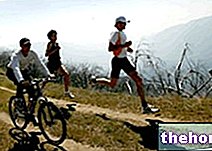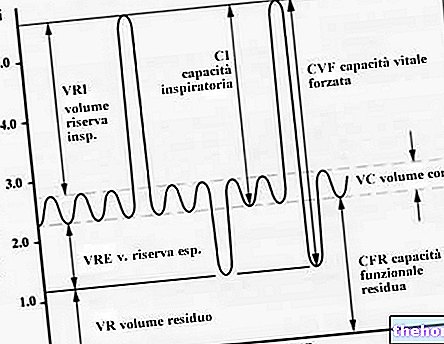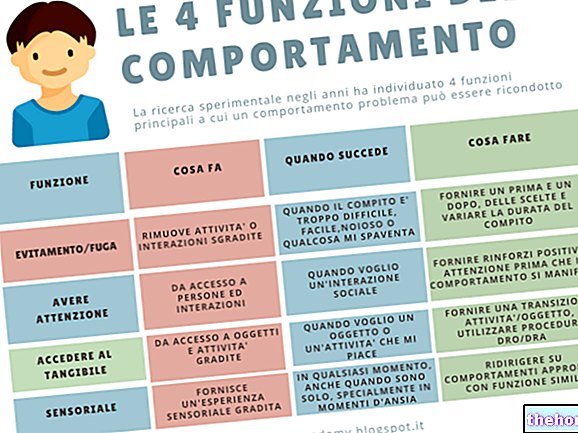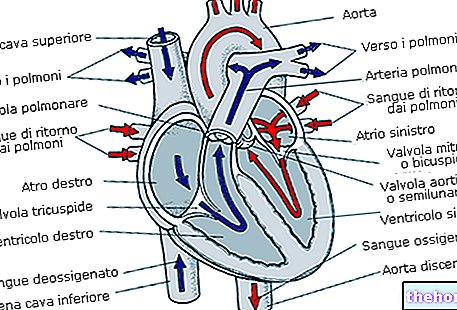By Doctor Nicola Sacchi - Author of the book: Drugs and doping in sport -
A recent and very animated discussion about my latest article on the tabata protocol, born on the forum of this site, gave me the inspiration to write this new text concerning the difference between science and training theory.

This knowledge is based on the studies and practical experience that the technician has acquired over the years.
Over the last few decades, given the growing importance that sport plays in people's lives, efforts have been made to scientifically validate all the knowledge acquired. Today, in light of what has been demonstrated and what is only supposed to be right, we can divide the body of training knowledge into two broad categories: training science and training theory.
The science of training is based on data obtained through experiments, through purely scientific analytical methodology, thus respecting the parameters of objectivity and rigor. In this case, only the results obtained through specific studies, concerning the response of the organism to the stimulation of motor activity and performed under conditions of absolute control. Since sport is based on the laws of biology and physiology, and therefore it is necessary to consider the high degree of variability between individuals, there is an objective difficulty in producing certain results.
The concept of experimentation with specific scientific studies means that this demonstration must respect the postulates of the scientific method, making use of tools for the collection and analysis of data and an approach based on the statistical analysis of the data obtained.
Objectivity and scientific rigor are essential to affirm with certainty that doing X happens to Y. To have these characteristics, a scientific study must be based on:
significance of the number of samples; this means that the greater the number of study participants (samples), the greater the statistical certainty that the data obtained are certain;
comparison with a control group; it means that a certain number of people undergoes the particular motor stress that you want to study, and the data obtained are compared with those produced by a group that has not been subjected to that specific stress;
precise and repeatable control tests at the beginning and end of the study, to verify the actual change of a certain parameter following the aforementioned solicitation; this parameter must therefore be clear and measurable;
rigorous analysis and evaluation of the data obtained.
Training theory, on the other hand, represents the set of knowledge acquired empirically on the field by coaches, instructors, athletes and various practitioners of any sport. Such knowledge, in the current state of things, has not been scientifically proven, but has been experimented with the practice and observation of the logical cause-effect relationships: if X happens Y, and Y changes as a function of X according to a hypothetical, not proven, trend.
The training theory arises from the experience and evaluations made following this experience. Anyone who tries with constancy and commitment in a certain sector, such as training, acquires experience in this sector that allows him to develop certain cause and effect relationships. For example, many people have verified that by performing exercises with overload they increase their muscles; subsequently, the most repentant coaches or athletes have theorized different training methods based on their results (Heavy Duty training, Weiderian training for example). In this case, however, we see how different theories argue that to achieve the same goal we must do diametrically opposite things. These theories are based on observations obtained in the field, without the validation obtainable with scientific experiments; this does not mean that the theories are wrong or useless, but simply that they do not make use of scientifically valid measurements and therefore cannot be part of the science of work out.
The scientific validation of a given event takes a long time, due to the rigor necessary to obtain it; therefore, the theory of training evolves much more rapidly. Sometimes, however, the latter takes paths which, with the passage of time and with the acquisition of new experiences, prove to be wrong.
Therefore, in a rapidly evolving sector such as sports, what is thought to be correct is not always proven to be right, even if this does not prevent it from being scientifically proven, even if it is not.
The moral of the story is that not always in an area such as sport can a certain effect be affirmed with absolute certainty following a specific stimulus (also because different organisms respond to the same stimulus in a different way); however, it is possible to formulate hypotheses, discuss them, develop them and act accordingly ...




























